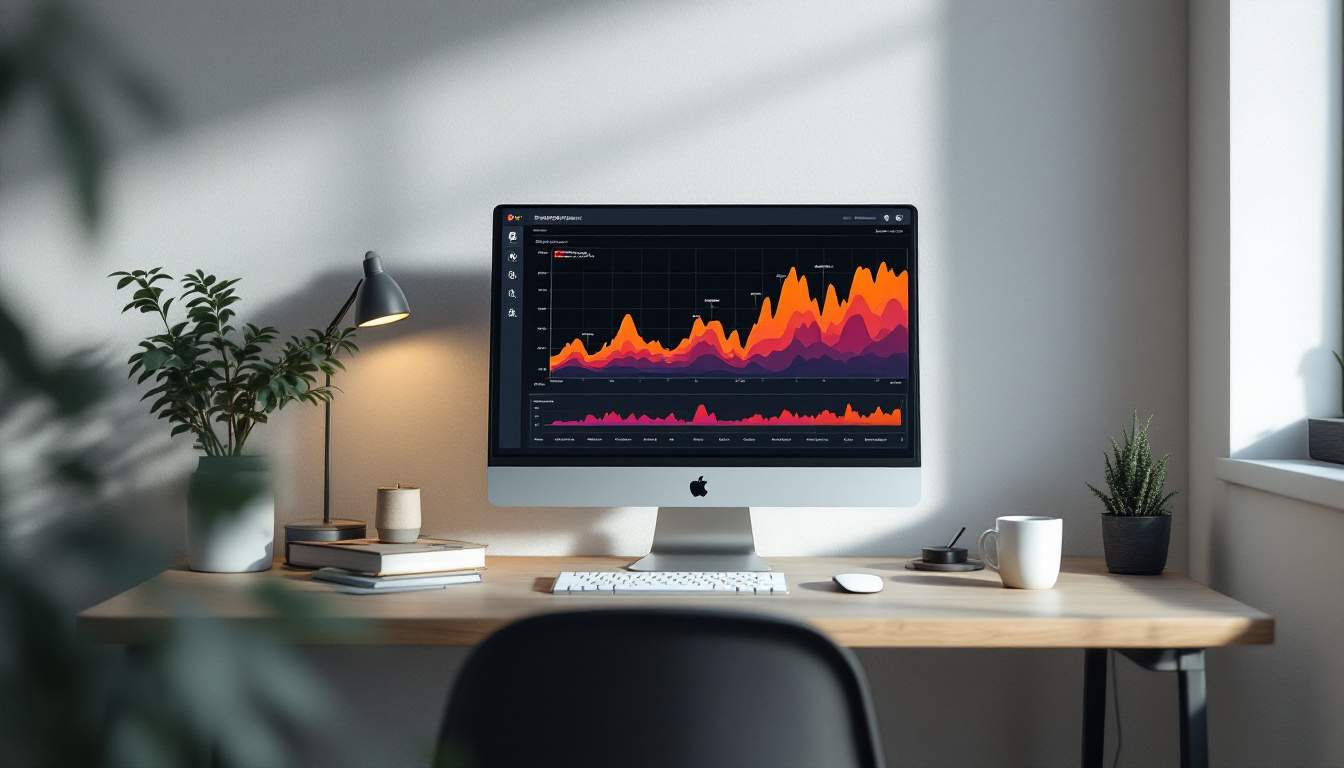What is heatmap analytics?
Heatmap analytics is a data visualization tool that provides a graphical representation of data where individual values are represented as colors. It is a crucial component in the field of digital marketing as it allows marketers to understand user behavior on their websites or apps. This tool helps in identifying the most and least interacted areas on a webpage, thereby enabling marketers to optimize their digital assets for better user engagement and conversion.
Heatmap analytics is not just about displaying data in a visually appealing format; it is about making complex data understandable, actionable, and valuable. With the help of heatmap analytics, marketers can gain insights into user behavior that are not easily discernable from raw data. This article will delve deep into the world of heatmap analytics, explaining its various aspects in a comprehensive and detailed manner.
Understanding Heatmap Analytics
At its core, heatmap analytics is about visualizing data. It uses a system of color-coding to represent different values, making it easier to see patterns, trends, and outliers within large data sets. The colors in a heatmap typically range from cool (blues and greens) to warm (reds and yellows), with each color representing a different data value. The warmer the color, the higher the data value it represents.

Heatmap analytics is particularly useful in the field of digital marketing, where understanding user behavior is crucial for success. By visualizing user behavior data (like clicks, scrolls, and mouse movements) on a webpage, heatmap analytics can reveal what areas of the page attract the most attention and interaction, and which areas are largely ignored. This information can then be used to improve website design, user experience, and ultimately, conversion rates.
The Importance of Heatmap Analytics
Heatmap analytics is an essential tool for any digital marketer. It provides a visual representation of user behavior, making it easier to understand and analyze. This can lead to more informed decision-making, resulting in improved website design, better user experience, and increased conversion rates.
Without heatmap analytics, it would be much harder to understand how users interact with a website. Marketers would have to rely on raw data, which can be difficult to interpret and doesn’t provide the same level of insight. With heatmap analytics, marketers can see at a glance where users are clicking, how far they’re scrolling, and what content they’re ignoring. This makes it easier to identify problems, test solutions, and optimize websites for better performance.
Types of Heatmaps
There are several types of heatmaps used in digital marketing, each with its own specific use case. The most common types include click heatmaps, scroll heatmaps, and move heatmaps.
Click heatmaps show where users have clicked on a page. This can reveal what elements are attracting the most attention and whether users are clicking on the intended areas. Scroll heatmaps show how far users scroll down a page. This can reveal whether important content is being seen or if it’s being missed because it’s too far down the page. Move heatmaps show where users move their mouse on the page. This can reveal what areas of the page users are reading and interacting with, even if they’re not clicking.
Using Heatmap Analytics
Heatmap analytics can be used in many ways to improve a website’s performance. It can help identify problem areas, test new designs, and optimize for better user experience and conversion rates.

For example, if a heatmap shows that users are not clicking on a call-to-action button, it may be because the button is not noticeable enough. In this case, a marketer could test different designs for the button, such as changing its color or size, to see if it increases engagement. Similarly, if a scroll heatmap shows that users are not scrolling down to important content, it may be because the content is not engaging enough or because it’s too far down the page. In this case, the marketer could test moving the content higher up on the page or making it more engaging to see if it increases visibility.
Interpreting Heatmap Data
Interpreting heatmap data requires understanding the color-coding system and knowing what each type of heatmap represents. It also requires understanding the context of the data. For example, a high number of clicks on a certain area of the page could indicate interest in that content, or it could indicate confusion if users are clicking on something that is not clickable.
It’s also important to remember that heatmap data is aggregate data, meaning it represents the behavior of many users. Individual user behavior can vary greatly, so it’s important to not make decisions based on a single heatmap. Instead, it’s best to use heatmaps in conjunction with other data and testing methods to make informed decisions.
Limitations of Heatmap Analytics
While heatmap analytics is a powerful tool, it’s not without its limitations. One limitation is that it only shows what users are doing, not why they’re doing it. For example, if users are not clicking on a call-to-action button, a heatmap can show that, but it can’t explain why users are not clicking. To understand the why, additional research methods, such as user surveys or usability tests, may be needed.
Another limitation is that heatmaps can be misleading if not interpreted correctly. For example, a hotspot on a click heatmap could indicate a popular area of the page, but it could also indicate a problem area if users are clicking on something that is not clickable. Therefore, it’s important to interpret heatmap data in the context of the overall user experience and website design.
Conclusion
Heatmap analytics is a powerful tool for understanding user behavior on a website. It provides a visual representation of data, making it easier to see patterns, trends, and outliers. This can lead to more informed decision-making and improved website performance. However, like any tool, it’s not without its limitations and should be used in conjunction with other research methods for the best results.

Despite these limitations, heatmap analytics remains an essential tool in the digital marketer’s toolbox. By providing a visual representation of user behavior, it helps marketers understand how users interact with their websites, identify problem areas, test solutions, and optimize for better performance. With heatmap analytics, marketers can make their websites not just visually appealing, but also more effective in achieving their business goals.